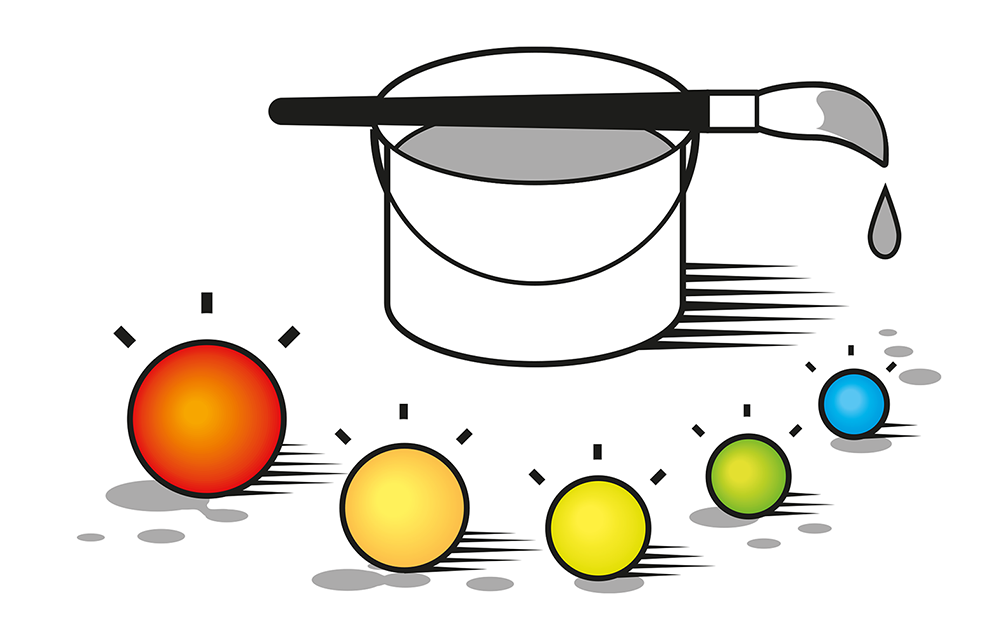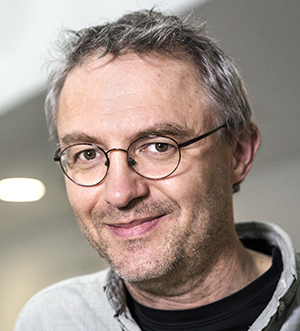A bright future for Nobel Prize-winning chemistry research

The research on quantum dots, which has been awarded this year's Nobel Prize in Chemistry and has already benefited humanity, has even greater potential for the future. This is according to Val Zwiller, a KTH researcher in quantum nanophysics. He was impressed by the research when he previously visited one of the laureates' labs.
The researchers receiving the award, Moungi G. Bawendi, Louis E. Brus and Aleksej I. Ekimov, are all US-based. All three have also contributed in different ways to the successful production of particles, called quantum dots, which are so small that their size determines their properties and are described as the smallest components of nanotechnology.
The laureates' research accomplishments came in the 1980s and 90s. Today, quantum dots are used to light up computer and TV screens and refine the light in LED lamps. Surgeons can use them to remove tumour tissue from the body.

“The fact that some research applications are already industrialised is impressive. Factories are using manufacturing methods developed by the winners to provide better and more realistic colour reproduction on different types of displays," says Val Zwiller , a physics professor at KTH.
Like many others, he believes that the application of quantum dots in other areas will steadily increase.
“The use of quantum dots as biological markers will lead to greater influence in the life sciences, for example.”
At KTH, Zwiller's group uses the research on quantum dots to develop quantum communication, which is a much faster, more efficient and more secure information technology than today.
"The award for quantum dots demonstrates that our field is very active and has much to offer within science and technology," he says.
Zwiller has previously visited one of the winners, Moungi G. Bawendi's lab at the Massachusetts Institute of Technology, and was impressed:
"Much innovative work was being done there. It involved both fabrication and optical studies of quantum dots using chemical processes in liquid solutions," he says.
Experts believe quantum dots can be applied to other applications in the future. These include flexible electronics, tiny sensors and thinner solar cells.
Text: Christer Gummeson
